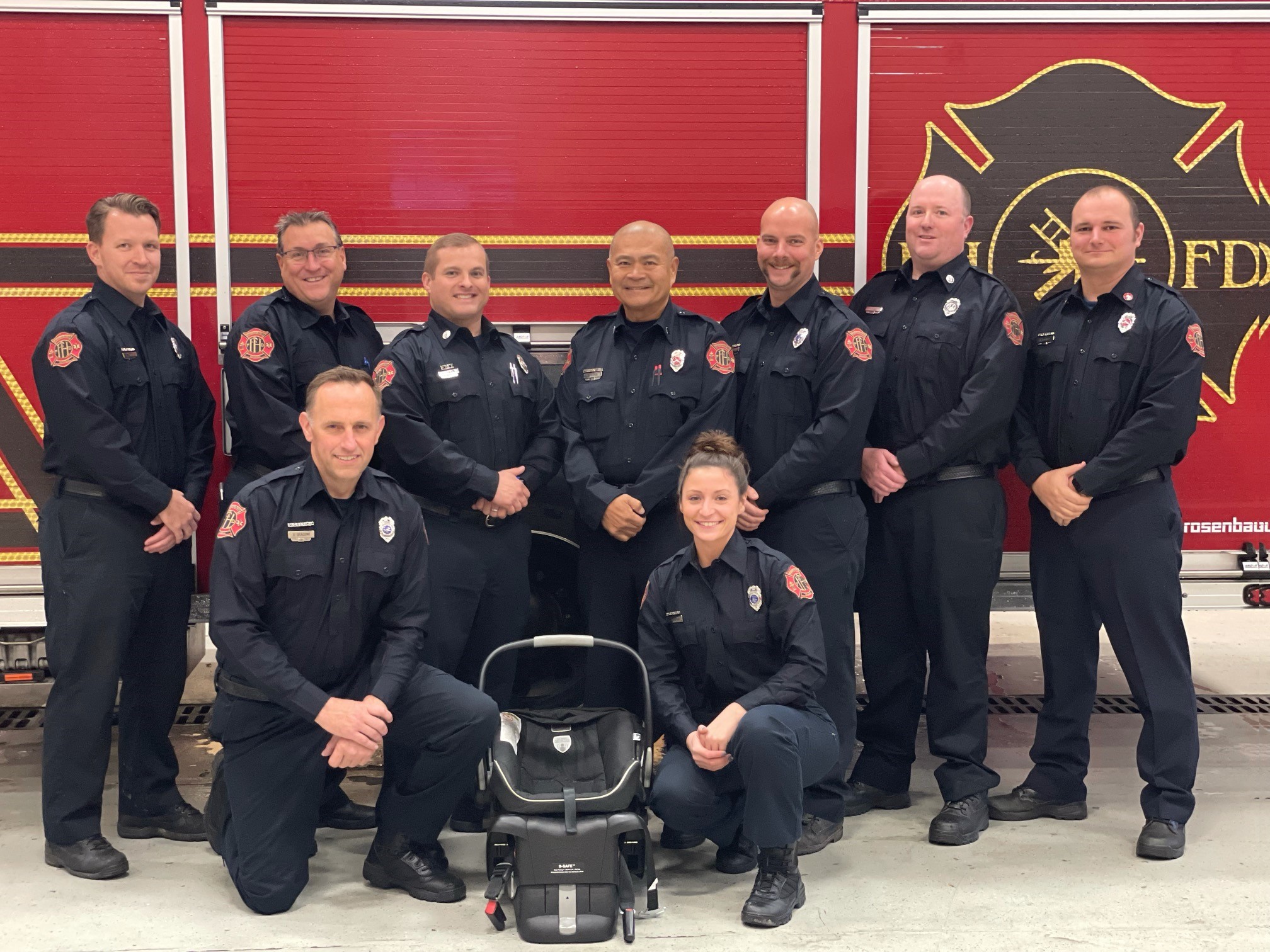
One of the hottest pieces of news in the Child Passenger Safety world dropped this week: the American Academy of Pediatrics has changed their recommendation guidelines for rearfacing children. They’ve also added a new guideline, aimed at keeping older kids and teens safe. So what changed and what does this mean for you and your family?
The new guidelines are as follows (emphasis mine):
All infants and toddlers should ride in a rear-facing car safety seat (CSS) as long as possible, until they reach the highest weight or height allowed by their CSS’s manufacturer. Most convertible seats have limits that will permit children to ride rear-facing for 2 years or more.
All children who have outgrown the rear-facing weight or height limit for their CSS should use a forward-facing CSS with a harness for as long as possible, up to the highest weight or height allowed by their CSS’s manufacturer.
All children whose weight or height is above the forward-facing limit for their CSS should use a belt-positioning booster seat until the vehicle lap and shoulder seat belt fits properly, typically when they have reached 4 ft 9 inches in height and are between 8 and 12 years of age.
When children are old enough and large enough to use the vehicle seat belt alone, they should always use lap and shoulder seat belts for optimal protection.
All children younger than 13 years should be restrained in the rear seats of vehicles for optimal protection.
Specifically, the AAP removed wording with the age recommendation of 2 years old from the rearfacing guideline. So, what does this mean and how does this change what you should do?
It means that your kids are safer rearfacing as long as they fit in their child restraint according to the manufacturer’s limits. That means you should double check to make sure they can fit and if they can, make them ride rearfacing. Most convertible car seats on the market today can accommodate toddlers and preschoolers from 40-49″ tall and between 40-50lbs. The CDC says that most 4 year olds hover around the 40″ and 40lb mark, so chances are good that your child will fit in their rearfacing seats. Most car seats do have another limit, however: they need 1″ above their head when used rearfacing; if this is true of your seat be sure to check that as well.
“But wait!”, I hear you saying. “Isn’t this basically what you’ve said before?” Why yes, yes it is! (And thank you for paying attention.) By removing the age recommendation, the AAP has confused some people into thinking that forward facing before 2 is a safer option. It is not. Why? A toddler’s head is disproportionately large compared to the rest of their body; most importantly, their spine. In a crash, the spine of a forward facing 2 year old is just not strong enough to keep the head intact when it is thrown forward. What can happen is called atlanto occipital dislocation – or internal decapitation – and it’s just as horrible as it sounds.
Correctly using an age appropriate child restraint reduces the risk of injury by more than 70%. “The most dangerous thing that U.S. children do as part of daily life is ride in a car,” says Benjamin Hoffman, chair of the American Academy of Pediatrics Council on Injury, Violence and Poison Prevention Executive Committee. “Motor vehicle crashes remain the leading cause of death for children 4 years and older.”
As for the 5th guideline listed above, it’s important to remember older kids and teens with regards to vehicle safety. The reason children under 13 are safer in the back seat is due to the air bag in the front seat; those passenger side air bags are designed to protect an adult male, not a young tween.
What do you think about the AAP’s guideline change? Does it change how long you plan to keep your child rearfacing?
Dana is the lucky mother to two incredible kids (aged 10 & 6) and the happy wife of Nate. She stumbled around in her adult life for a while before finally realizing that she could get paid to pursue her passion: keeping kids safe. In 2013 she started working at Modern Natural Baby in Ferndale where she eventually became a Child Passenger Safety Technician with additional Special Needs training. Dana also runs the child passenger safety-focused Facebook page Buckle Up Detroit and works with the amazing lady bosses at Metro Detroit Doula Services offering car seat classes, consultations, and more!








